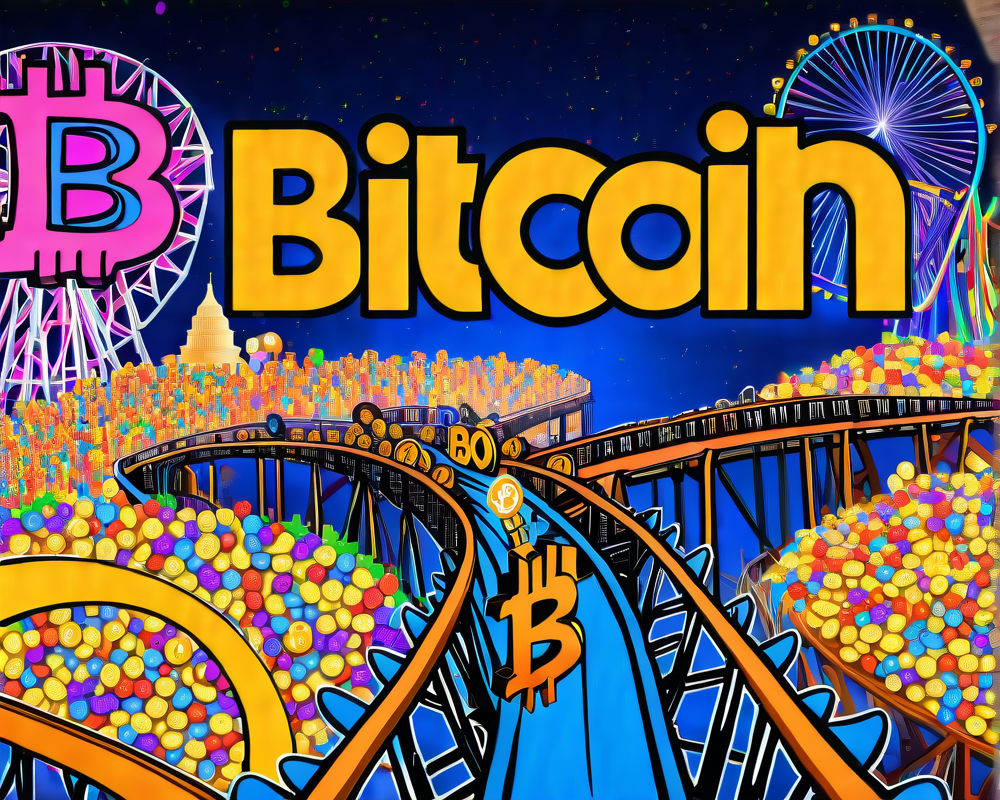Understanding the Crypto Winter’s Impact
The Organisation for Economic Cooperation and Development (OECD) recently released a policy paper titled “Lessons from the crypto winter: DeFi versus CeFi” where they analyzed the tumultuous events of 2022. This paper, an indispensable read for crypto enthusiasts and skeptical investors alike, dives into the performance of both decentralized finance (DeFi) and centralized finance (CeFi) during the harsh winter of the cryptocurrency market, leaving us with more questions than answers—and perhaps a few laughable memes along the way.
Who’s Responsible? Blame Game in the Crypto World
According to the OECD, the blame game isn’t as simple as pointing fingers at one party. Their analysis laid much of the blame on the lack of safeguards and non-compliant financial activities. The almost theatrical drama of institutional investors jumping ship while retail investors doubled down on their losses showcases the disconnect. Retail investors, possibly glued to their screens and hopeful for a market comeback, continued to throw their money at sinking ships like TerraUSD (UST), blissfully unaware of its ‘stability’ being as solid as a soggy cardboard box.
Financial Engineering: The Good, the Bad, and the Ugly
One of the key revelations from the report is that the crypto winter unveiled new forms of financial engineering that wreaked havoc on the market. The OECD described practices like liquid staking and derivatives creation as a slippery slope, resulting in liquidity risks and maturity mismatches. It’s a bit like trying to balance on a seesaw blindfolded while your friend decides to jump on the other end; you’re just asking for trouble. Such practices have sprung from the “composability” of DeFi, meaning even smart contracts can lead us down a treacherous path of uncertainty.
The DeFi and CeFi Divide: A Love-Hate Relationship
Decentralized finance appears shiny and new, yet the OECD warns us to tread carefully. While DeFi managed to hold its ground during the initial months of 2022, issues did surface. For instance, when the iceberg struck the Titanic (or the Terra ecosystem, in this case), an oracle failure opened the gates for manipulative practices on exchanges. CeFi and DeFi may seem like mutual frenemies, but their interconnectedness means that when one sneezes, the other catches a cold. If only they were practicing better hygiene!
Investor Education: The Need of the Hour
Education is the core theme echoed through the OECD’s findings. As the report notes, retail investors need to arm themselves with knowledge before diving into the crypto abyss. Warning labels should come with investments, like those on a bottle of soda—we all know nobody reads those. The OECD suggests that policy makers jump into action when proper risk disclosures are lacking, turning into the superheroes of market order before retail investors take the plunge without a life jacket.
Looking Ahead: Towards a Regulated Future
The final takeaway from the OECD’s analysis is the pressing need for international coordination to prevent regulatory arbitrage. Spilled drinks can create quite a mess, and the only way to keep the crypto party from spilling into traditional markets is through unified regulatory efforts. Until then, the crypto world might have investors feeling like they are stuck in an emotional rollercoaster—thrilling, terrifying, and at times, laughably absurd.




